Breaking down bi-erasure: How to be a better ally and advocate for bisexual rights
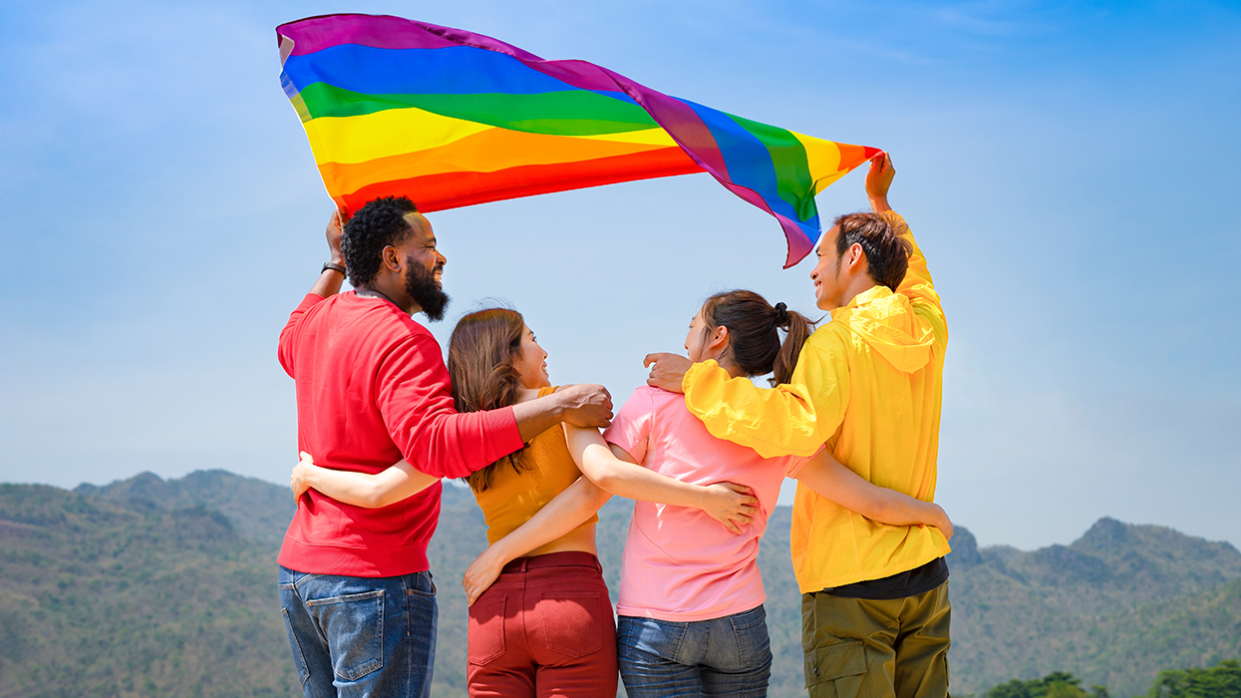
For some reason, we’re living in a world full of biphobia where even the members of the LGBTQ+ community would rather take out the B.
At this year’s Coachella, which was full of sapphic awesomeness, conversations around what it means to be bisexual recirculated around Twitter (X) after openly bisexual singer Ludmilla shared a kiss with her wife on stage.
— (@)
The user who posted the video noted that Ludmilla is the first Afro-Latin woman to perform on the main stage at Coachella, which is obviously a major feat and should be the only thing we focus on here.
Instead, people have utilized Ludmilla as an example of being a "better" representation of what it means to be queer as opposed to someone like Victoria Monét, a fellow bisexual singer who's shamed for having a man and a child.
— (@)
Fortunately, there are plenty of people in our corner, and plenty of people who fight against the idea of erasing bisexuality because it is still very much a relevant and recognized sexuality that we all need to start respecting a little more.
— (@)
This talk also comes on the heels of actor Oliver Stark defending the bisexual storyline for his character, Buck, on the television show 9-1-1. It's great that there are still some people speaking sense. But unfortunately, some still dismiss the expansive experiences of bisexuality.
Why does bisexuality matter?
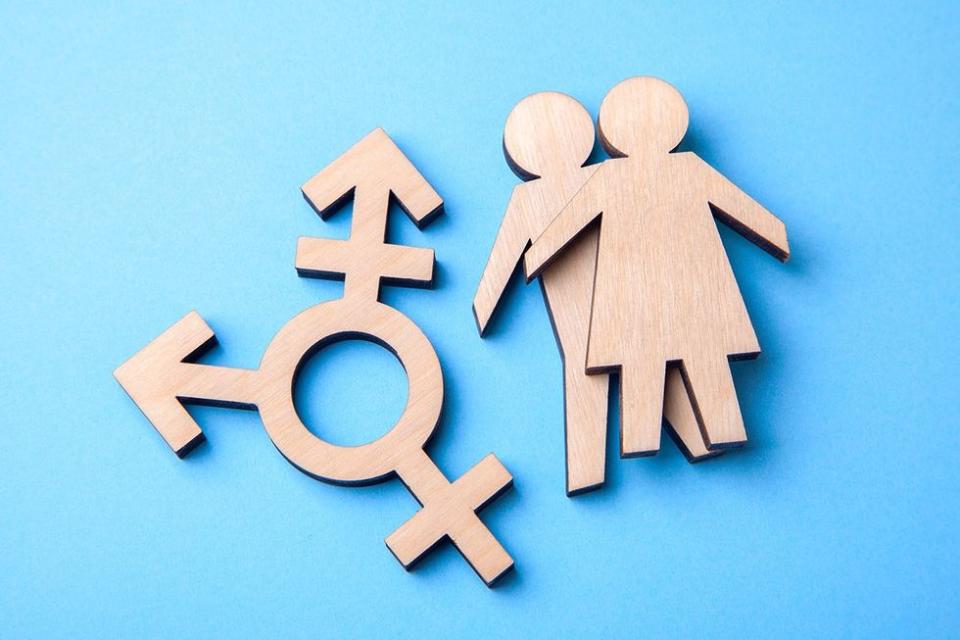
Shutterstock
We’ve talked about bisexual stereotypes and the need to move past bisexual erasure before, but the goalpost of whose sexuality is "valid" seems to keep moving.
Research shows bisexuals make up over 50% of the queer community. In fact, a 2022 survey by Gallup showed that bisexuality is the most common identification amongst Gen Z and that LGBTQ+ identification as a whole is up almost 6% from 2020.
And yet, despite it being the most common identification, there’s still so much hatred toward it outside and within the LGBTQ+ community. Heterosexual and homosexual people alike share thoughts that bisexuality is a blanket term for “confusion” and that the bisexual individual should or will eventually “choose” between liking men or women. Either that, or they’re assumed to be pansexual and open to everybody, which also isn’t the case.
Why is bi erasure so dangerous?
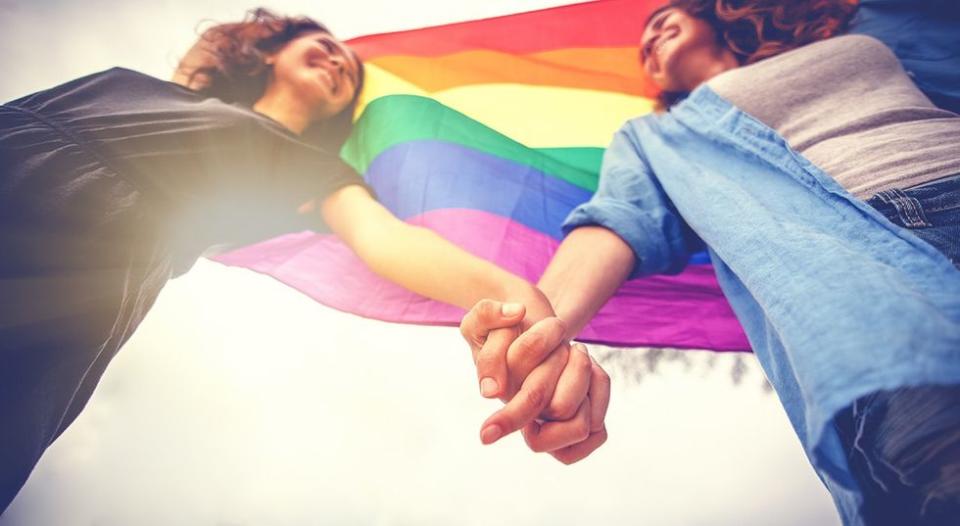
Shutterstock
According to GLAAD, bisexuals have a lot of severe health disparities that are often overlooked. For example, they have higher rates of anxiety and depression as opposed to their heterosexual and homosexual counterparts, and they also have a higher rate of STI diagnoses. They’re also more at risk for heart disease and have a higher rate of tobacco usage.
Erasing the vast experiences of bisexuality off the spectrum runs the risk of reducing access to the needed resources and support for bisexual individuals.
What, exactly, does bi erasure look like?
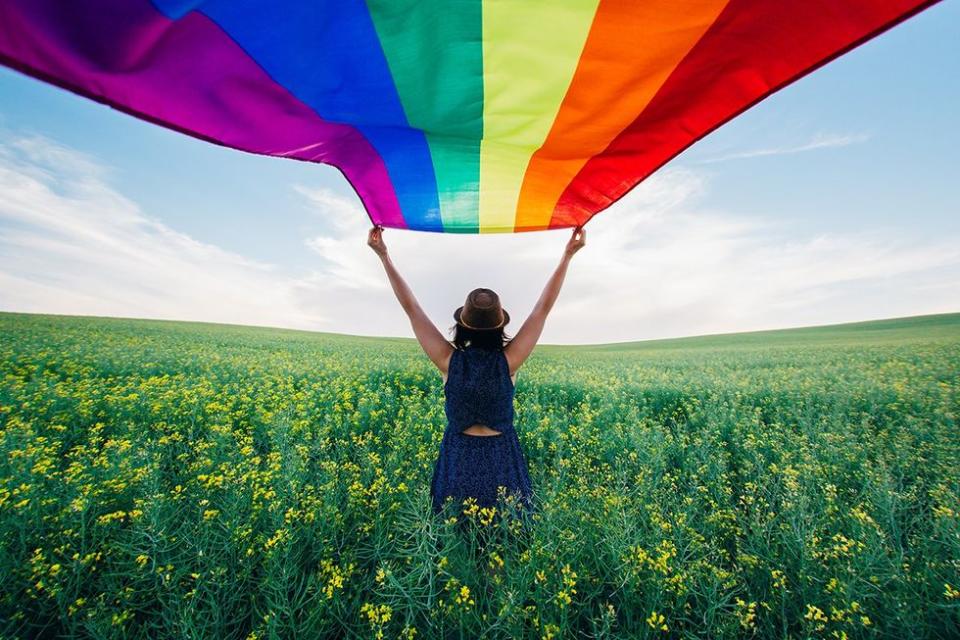
Shutterstock
You may have inadvertently engaged in bi-erasure behavior without knowing it. You may also have known damn well what you were doing but have since discovered the error of your ways and are looking to repent. We need more people like you, but that’s neither here nor there (though we still thank you for getting your bias in check).
Bisexual erasure can actually take on various forms. In a lot of ways, it comes back to the stereotypes against bisexual people. Every group has its stereotypes against them, yes, but most other stereotypes don’t aim to completely erase or invalidate a group as a whole. For example, the stereotype that all gay men are flamboyant and obnoxious is annoying and incorrect. However, it doesn’t erase the gay men who live outside those boxes.
— (@)
When it comes to bisexual stereotypes, erasure can come in the form of calling it a “phase” or saying bisexuals need to “choose between” their preferred gender. We mentioned that earlier, but it also goes a little bit deeper because when a bisexual person enters a heterosexual relationship, everyone assumes they’ve “gone straight,” or on the flipside that if a guy, for example, is dating another man, he must be gay and his attraction to women disappears or never existed.
This oscillates into the minimizing territory when it comes to harmful stereotypes, leading bisexual people to feel like they have to prove their queerness to other queer people.
How can we, as a collective, eliminate bi erasure?
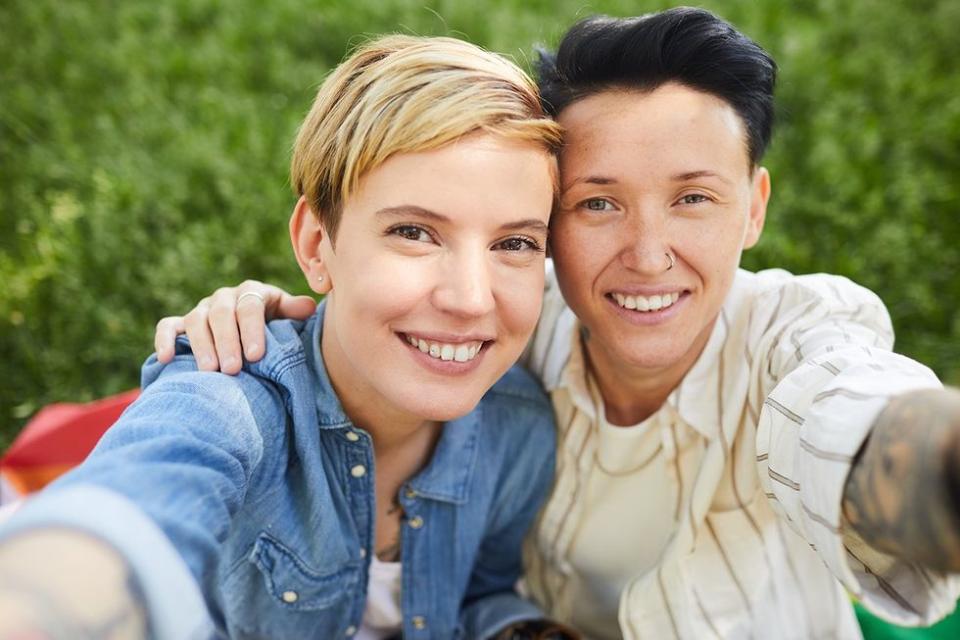
Shutterstock
If you assume someone is either gay or straight based on how they present and who they’re with, it’s okay if you’re wrong, though it's always better to avoid making assumptions in the first place. Accept what you’re told about the person’s identity, and don’t try to tell them to change themselves for your beliefs.
This, of course, encapsulates more than just bisexual people and is best applied to the queer community as a whole. But it’s important to remember our bisexual siblings when it comes to these topics.
— (@)
Another way to be an ally is to call out people when you hear biphobic statements. Be honest about if and when you’re making them, and self-correct. Ignorance is only a real issue if you choose not to learn from your mistakes.
And, again, if you’re unsure, it’s best to avoid obvious stereotypes. The more inclusive the language you use, the less likely you are to offend someone, and the more likely we will finally come together as a unified society.

